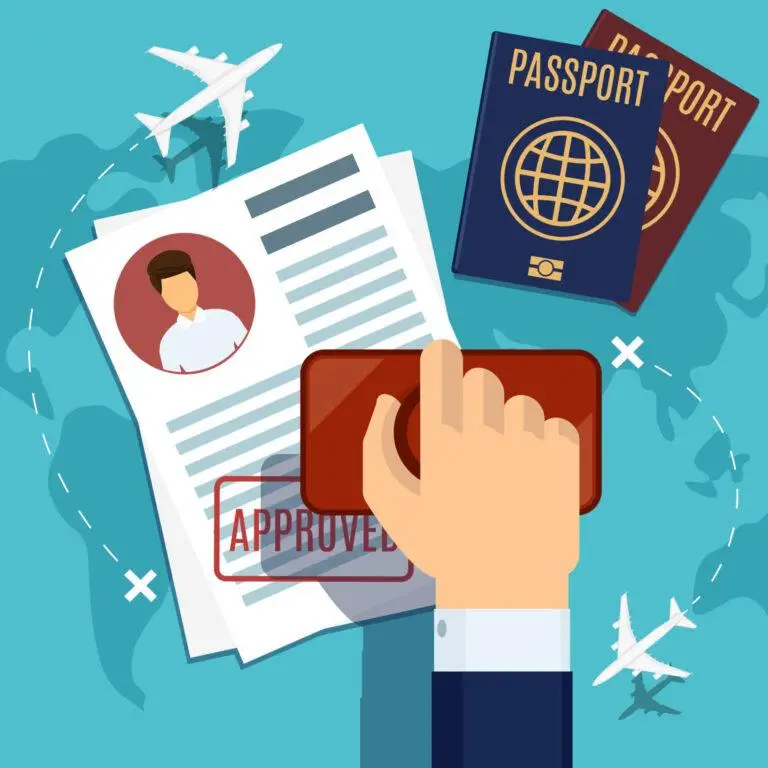
Studying abroad is an incredible opportunity to expand your academic horizons, experience new cultures, and develop life-changing skills. But before you pack your bags, one of the most crucial steps is obtaining the right student visa or study permit. Each country has its own visa requirements, documentation, and processes, so knowing what to expect is essential.
In this comprehensive guide, we’ll explore the student visa application processes for the United States, Canada, the UK, Europe, and Australia. Whether you’re headed for the U.S. or down under to Australia, this guide covers all you need to know to kickstart your academic adventure abroad!
The U.S. remains one of the top destinations for international students due to its world-renowned universities. To study in the U.S., you’ll need an F-1 visa, the visa issued for academic students.
Get Accepted into a SEVP-Approved Institution:
You must first secure admission to a school approved by the Student and Exchange Visitor Program (SEVP). Upon acceptance, the school will send you a Form I-20, which is crucial for the visa application.
Pay the SEVIS Fee:
This is a $350 fee that supports the SEVIS (Student and Exchange Visitor Information System) and must be paid before your visa appointment.
Complete the DS-160 Form:
This is the online application form for non-immigrant visas. After submitting the form, you’ll receive a confirmation receipt to present at your interview.
Schedule and Attend the Visa Interview:
You’ll need to schedule an interview at the nearest U.S. embassy or consulate. Bring your Form I-20, DS-160 confirmation page, SEVIS receipt, and proof of financial support.
Visa processing times vary, typically from a few days to several weeks. Early application is recommended.
Canada is an attractive option for international students due to its excellent universities and welcoming immigration policies. If you plan to study for more than six months, you’ll need a study permit.
Acceptance by a Designated Learning Institution (DLI):
First, secure admission from a recognized Canadian DLI. You’ll need this acceptance letter for your permit application.
Prepare Your Documents:
Apply for the Study Permit:
Apply online through the Immigration, Refugees and Citizenship Canada (IRCC) website and pay the CAD $150 processing fee. You may also need to provide biometrics and attend an interview.
Processing times vary but can take four to 12 weeks depending on your country of residence.
Canada offers a PGWP that allows students to stay and work after completing their studies for up to three years.
The UK is home to many prestigious universities and offers an excellent academic environment for international students. To study in the UK, you’ll need a Student Visa (formerly Tier 4).
Receive a Confirmation of Acceptance for Studies (CAS):
Your university will issue a CAS, which is required for your visa application. The CAS confirms that you’ve been accepted into a course and includes key details about your study program.
Prepare Financial Proof:
You’ll need to show that you have sufficient funds to support yourself during your studies. The amount varies depending on where you’ll be living:
Apply Online:
Complete the application form on the UK government website and pay the application fee of £363. You’ll also need to pay the Immigration Health Surcharge (IHS), which is £470 per year of study.
Biometrics and Visa Interview:
Depending on your nationality, you may be asked to attend a visa interview or provide biometrics at a visa application center.
Visa decisions are typically made within three weeks, so apply well in advance of your course start date.
Europe offers a wealth of educational opportunities and is known for its rich culture and history. If you plan to study in the Schengen Area, which includes 26 European countries, you’ll need a National Student Visa for the country you plan to study in.
University Acceptance:
Apply to a recognized university in the country of your choice and obtain an acceptance letter.
Apply for a National Student Visa:
Submit your application at the consulate of the country where you’ll be studying. The required documents usually include:
Attend Visa Interview:
You may need to attend a visa interview and provide additional documents depending on the country. Processing times can range from two weeks to three months.
Australia is a top choice for international students thanks to its high-quality universities and vibrant lifestyle. To study in Australia, you’ll need a Student Visa (Subclass 500).
Apply and Receive a Confirmation of Enrollment (CoE):
You must first apply to an Australian university and obtain a CoE, confirming your acceptance and enrollment in a full-time course.
Create an ImmiAccount and Apply Online:
The Australian visa application process is online through ImmiAccount. You’ll need to upload documents, including:
Biometrics and Health Examination:
Depending on your country of origin, you may be asked to provide biometrics and complete a health examination.
Attend the Visa Interview (if required):
Some applicants may need to attend an interview at an Australian embassy or consulate.
Australian student visas typically take four to six weeks to process.
Australia also offers post-study work visas that allow graduates to stay and work in the country for up to four years, depending on their degree level.
Securing the correct student visa or study permit is essential to starting your academic journey abroad. Whether you’re headed to the U.S., Canada, the UK, Europe, or Australia, understanding the application process and preparing the necessary documents will make the process smoother.
Looking for student accommodation in your new country? Uniroomz can help! Explore affordable student housing options in your study destination with Uniroomz, and get ready to start your adventure abroad with a comfortable and affordable home waiting for you.